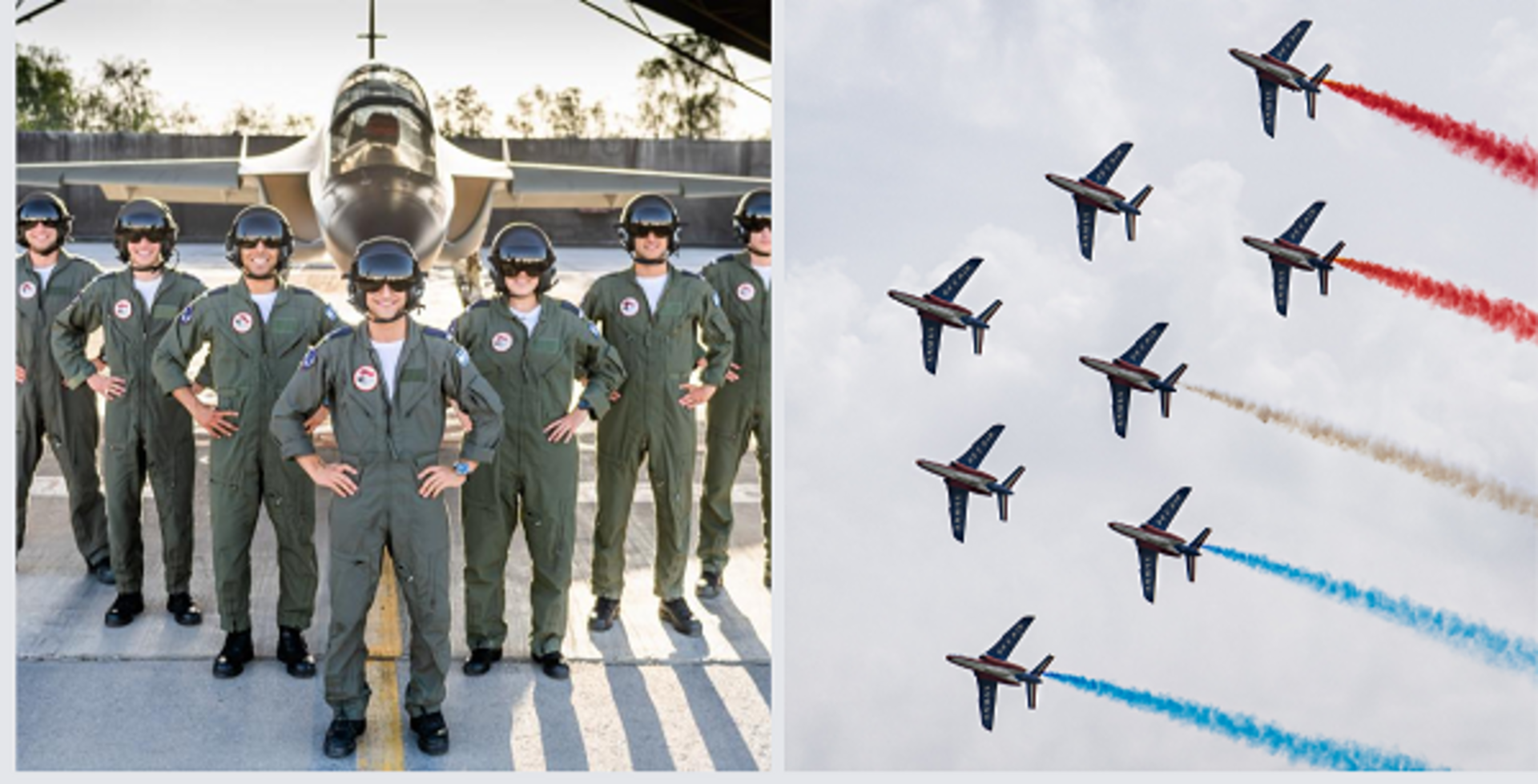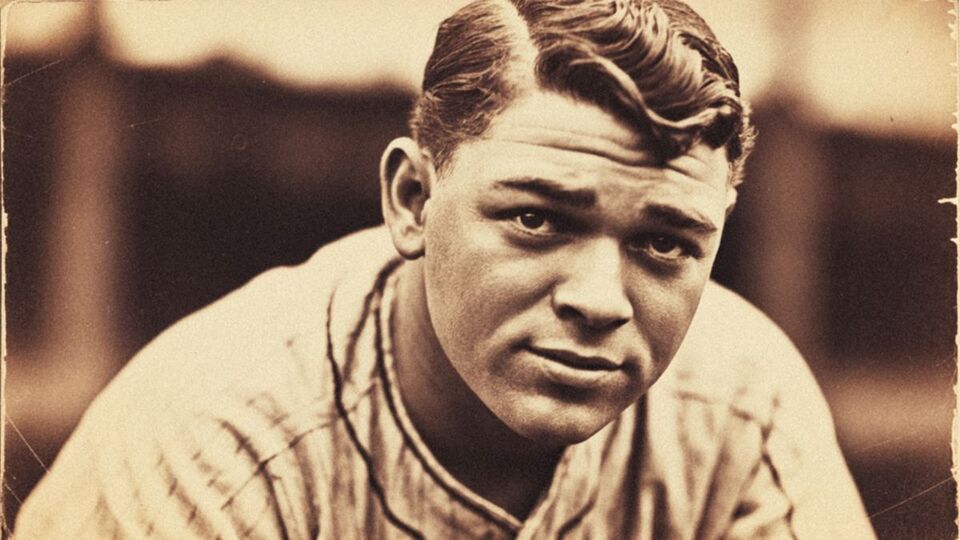
The Amazing Brotherhood of Aviation Navigators.
In a small chapel, a handful of men with clear eyes and wise souls gathered to honor one more of their fallen brothers. These are the Air Force Navigators, a brotherhood bound by their passion for thrilling flights, dangerous missions and the reward of a mission accomplished.
July 4, 2023 by The Foundation For A Better Life
Not many left know how to use radio waves, constellations and planets, maps and sextants to find their way around the world in an airplane. As the flag-draped casket rolled in and the congregation rose, three men in the front row stood more erect, more attentive.
Paul remembers his friend Peter the best: “He picked me up in his Porsche on campus and drove to the base. He was flying from California to Hawaii and wondered if I wanted to tag along.”
Paul had just started his training, and Peter had been a navigator for six years. But Peter’s dream of being a pilot ended when, on a training flight, the pilot accidentally ejected shortly after takeoff.
“Pete looked up, and the pilot was gone,” Paul laughs, remembering the story. “And Peter had to think quick!” Peter ejected and survived, but a back injury left him unable to go to pilot school, so he remained a navigator and became a part of that enduring brotherhood.
It was 1966. Vietnam was a hot zone that needed supplies and daring crews who knew how to navigate large cargo planes in the dark without getting shot down. They used maps, a compass, a stopwatch and LORAN, a long-range navigation system that bounces radio signals off fixed points on land and calculates distance by the delay in the signal coming back so the navigator can triangulate the position of the plane.
“It’s not like driving a car down the road,” Paul says. “You hopscotch your way around the world in a propeller plane, sometimes for 20 hours straight. That’s a long time to bore a hole in the sky.” In the process, Paul and Peter became fast friends.
“After the war, we flew a lot of missions delivering cargo around the world and keeping sharp refueling B-52 bombers, F-4s, Warthogs and others,” Paul says. “We flew close enough that we could see the rank of the pilot while flying at 400 mph.”
Over the open sea, they navigated using the heavenly canopy, locating Jupiter and Venus and fixing their position with a sextant. There was always something to push them off course: headwinds, crosswinds, lulls, cloud cover and radio interference. When they were off course, they used a technique called dead reckoning, which meant using a previously known navigation point, then calculating wind and speed into an approximate new location.
“We didn’t have GPS,” Paul says. But what every great navigator had was an intuitive sense of direction. The navigator saw to it that the plane made it safely to its destination.
On the ground, Paul would often find Peter gazing up at constellations. They shared a love for the heavenly maps they had learned to read and were always awestruck by the phases of the moon, the way the planets moved in perfect order. They shared this love with their children.
“When all other systems fail,” Paul taught them, “celestial navigation is the sure thing. It can’t be knocked out by radio jammers. You can always count on it to get you home.”
As the pallbearers steadied themselves around the casket, Peter’s son spoke confidently into the small chapel's PA system: “Major, you are clear for takeoff.”
Appreciation .... PassItOn.com®



